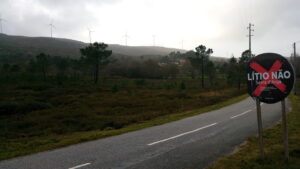Abstract/Description
The Himalayan region is experiencing mass rural exodus, a phenomenon ubiquitous to mountain environments. While the bio-geographic, socio-economic, aspirational, and sometimes cultural or political drivers of rural depopulation are similar across mountain environments, the consequences are rather variable, owing to temporality of global development, the nuances in spatial characteristics, and the drivers themselves. As the impacts of climate change, globalization, geopolitics, and changing human aspirations synergize, the outcomes of this increasing rural exodus with agrarian shifts and forest transitions become more complex. Here we employ horizon scanning to identify key emerging issues raised by rural depopulation in the Himalaya in the next 10–15 years. An experts’ group of 34 participants were involved in an iterative and consensus-based approach to identify 22 key opportunities and challenges including issues likely to escalate such as gender and generational shift, abandonment of agro-pastoral land, and increasing human-wildlife interactions, and emerging issues such as potential for land appropriation, prospects of high-value niche-based farming, and resurgence of private forestry enterprises. The issues were discussed in four themes: socioeconomic and demographic shifts, land use land cover change, biodiversity and ecosystem services, and political economy of natural resources. We then took a systems thinking approach to illustrate interlinkages among the identified issues in a causal network, depicting their multi-directional and non-linear interactions. The causal network presents how, even in a bounded system, various processes from different thematic areas may facilitate or hinder further depopulation of rural areas. Hence, the governance of the Himalayan environment; the development of its people and preservation of its biodiversity, would require a transdisciplinary approach across fields, institutions, and governments. We highlight the need for land use planning at local governmental scales while considering national and regional perspectives through intergovernmental cooperation across the Himalaya as one of the necessities.


